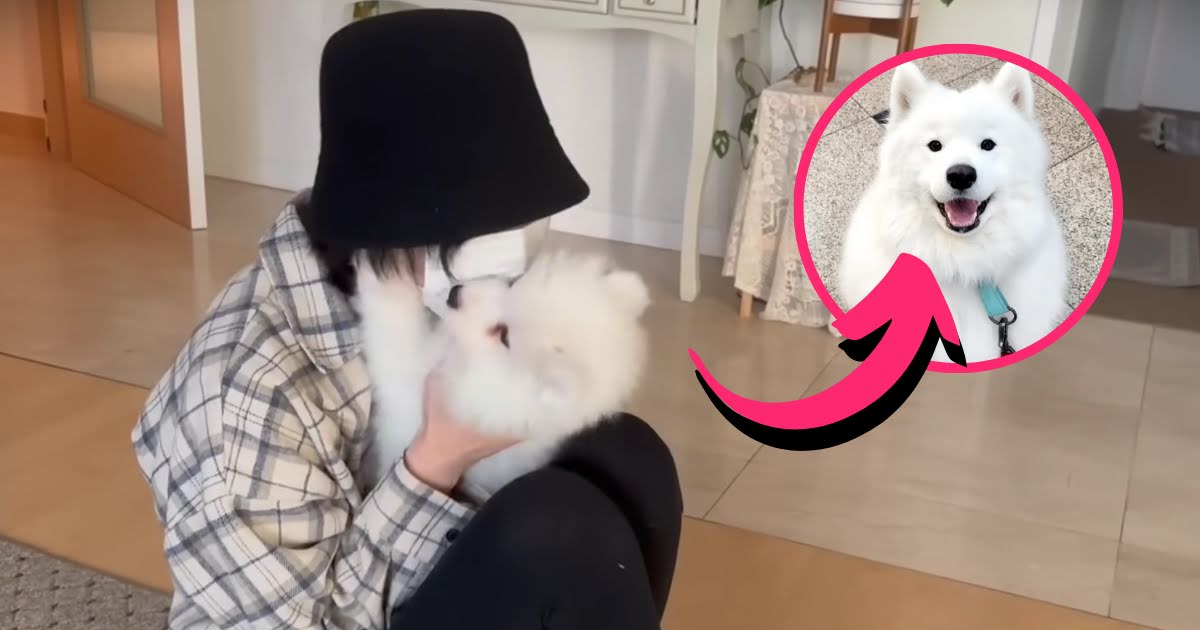A South Korean vlogger recently sparked controversy with her YouTube video titled “My Dog Is Back,” where she is “reunited” with her pet through cloning.
The YouTuber with her pet dog | @TicotheSamoyed/YouTube
The YouTuber’s dog, Tico, passed away in 2022 in an accident. So, they contacted a pet cloning laboratory to clone her. In the video, the YouTuber showed the two twin puppies she claimed were created to be genetically identical to Tico.
After some time, I have reunited with Tico again. She was born as two healthy puppies and came to me at three months old.
— Creator on the @TicotheSamoyed YouTube channel
The YouTuber said her goal with the video was to help others “overcome pet loss syndrome,” which refers to a set of psychological symptoms associated with the loss of one’s pet. These emotions usually include sadness, guilt, anger, and depression and can also manifest as physical symptoms like loss of appetite and insomnia.
However, the YouTube video did not receive the creator’s intended reactions, and it soon became the focal point of a heated debate over the necessity of pet cloning. Many raised flags about the biological and ethical soundness of a process like that.
While some sympathized with the YouTuber’s stance, the concerned voices were sterner, saying it was dangerous to think your pet had returned through cloned puppies. Some also pointed out that cloning pets is an inappropriate and unhealthy way of dealing with the loss of a pet.
Ethical concerns over the cloning process:
The process of cloning one dog like Tico involves several other dogs being treated as collateral damage. Laboratories obtain living cells from a tissue sample of the passed animal 24 hours after its death. They use it to plant DNA into unfertilized, DNA-removed eggs harvested from “donor dogs.” Then those eggs are injected into “surrogate mother dogs” that carry them to term.
Given the type of procedure, animal rights activists have expressed their concerns over possible exploitation, especially given the lack of transparency in pet cloning laboratories in terms of both their cloning procedures and the number of laboratories that conduct these procedures.
Lack of a specific law:
The Animal Protection Act currently does not include any clauses banning or legalizing pet cloning, offering such laboratories a perfect legal blind spot. Though there are bans on animal testing, the definition of animal testing only takes certain contexts into account, and cloning, unfortunately, does not fall under the scope.
Animal rights activists are calling for both the word “cloning” to be added to the provisions of the Animal Protection Act and a separate law to protect animals for commercial testing procedures since the current law only prohibits testing “conducted on laboratory animals for scientific purposes, such as education, testing, research and the production of biological medicines.”
The trend of pet cloning:
In 2005, Professor Hwang Woo Suk of Seoul National University and his team successfully cloned an Afghan hound named Snuppy, receiving a Guinness World Record at the time for creating the world’s first cloned dog. His work paved the way for animal cloning to go commercial as laboratories started offering services to supposedly help with pet loss syndrome.
In 2017, it was reported that the late Samsung Group chairman Lee Kun Hee had cloned his Pomeranian twice. In 2018, American singer Barbara Streisand also sparked controversy after revealing that she had cloned her dog into two new puppies. Cloning a dog reportedly costs between ₩80.0 million KRW (about $59,800 USD) to ₩100 million KRW (about $74,700 USD). Despite the high cost, an increased number of Korean pet owners are seeking out these services.
While calls from concerned groups to regulate animal cloning grow stronger, the Ministry of Agriculture, Food and Rural Affairs’ Animal Welfare Policy Division has stated that it is looking into the field of animal cloning to determine its legalities. It has promised to make necessary revisions to the Animal Protection Act regarding the matter.




